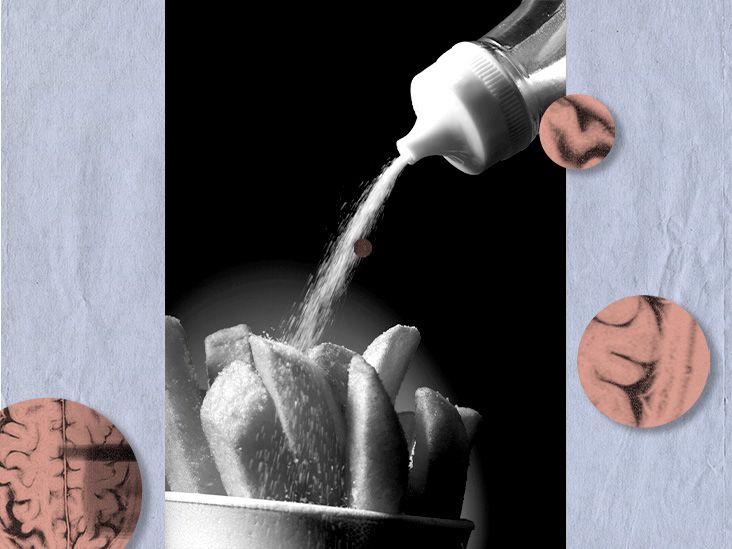Different parts of Medicare may cover prescription medications. For example, taking out a Medicare Part D plan can cover a range of medications for chronic diseases and conditions.
Medicare Part D is an optional plan that people do not automatically enroll in with Medicare. Private insurers administer Part D policies, so the drugs they include and out-of-pocket expenses may vary.
Typically, Medicare Part B does not cover the drugs a person takes as an outpatient or buys at their pharmacy. However, it may cover the costs of drugs they receive as an inpatient.
In this article, we explain how prescription drug coverage works under Parts D and B, as well as the likely out-of-pocket expenses and exclusions.
Glossary of Medicare terms
We may use a few terms in this article that can be helpful to understand when selecting the best insurance plan:
- Out-of-pocket costs: An out-of-pocket cost is the amount a person must pay for medical care when Medicare does not pay the total cost or offer coverage. These costs can include deductibles, coinsurance, copayments, and premiums.
- Deductible: This is an annual amount a person must spend out of pocket within a certain period before an insurer starts to fund their treatments.
- Coinsurance: This is the percentage of treatment costs that a person must self-fund. For Medicare Part B, this is 20%.
- Copayment: This is a fixed dollar amount a person with insurance pays when receiving certain treatments. For Medicare, this usually applies to prescription drugs.

Medicare drug coverage helps pay for prescription drugs a person needs. Currently, there are two ways for a person to receive Medicare drug coverage: Medicare drug plans and Medicare health plans.
Medicare drug plans, sometimes known as Prescription Drug Plans (PDPs), are separate drug plans that add Medicare Part D to Original Medicare (parts A and B).
Most Medicare Advantage plans, also known as Medicare Part C, or other Medicare health plans, also offer Medicare Part D. Some people may also refer to these plans as Medicare Advantage Prescription Drug (MAPD) plans.
Medicare Part D is an optional prescription drug coverage that a person may purchase once they become eligible for Medicare. All MAPD plans cover a broad range of prescription drugs. This includes most drugs in protected classes, such as those that treat cancer, depression, and HIV.
Each plan will have a list of drugs that it covers, known as a formulary. Most plans will place drugs into different levels known as tiers. Drugs in each tier will have a different cost. For example, a generic drug will typically be in a lower tier and will generally cost less than brand name medication, which may be in a higher tier.
Additionally, it is worth noting that Part D only covers drugs for which a doctor has issued a prescription and that the Food and Drug Administration (FDA) has approved.
Read on to find out more about the costs of Medicare Part D.
Stages of Medicare coverage
Under Part D, prescription drug coverage moves through four stages.
Before the start of each membership year, Medicare announces how much a person has to spend to move through each stage.
The stages include:
- Deductible stage: During this stage, the insured person pays 100% of drug costs until meeting their yearly deductible. Some plans do not have a deductible. In 2025 no plan can have a deductible higher than $590.
- Initial covered stage: Individuals pay coinsurance of 25% for covered drugs, and their Part D plan pays the rest. They pay this until their out-of-pocket costs reach $2,000.
- Catastrophic stage: Once a person reaches their $2,000 spending cap, they automatically enter catastrophic coverage. This means they pay nothing for their prescriptions for the rest of the year.
Read on to learn more about Part D catastrophic coverage.
Medicare Part B covers limited types of medications in certain situations, including the following:
- drugs a person must administer using equipment from a durable medical equipment company, such as a nebulizer
- medications that a licensed healthcare provider administers through infusion (IV)
- some injectable medications for home use
- injected and oral drugs for end stage renal disease (ESRD)
- certain oral chemotherapy drugs
- drugs that prevent bone loss in women bone fractures from menopause-induced osteoporosis
- anti-nausea medications that people take to manage side effects of cancer treatment
- vaccines, such as the flu vaccine
- blood clotting factors to help people with hemophilia
- IV immunoglobulin to treat people with primary immune deficiency disease
- drugs to support a recent transplant that Medicare also funded
The cost of Medicare prescription drug coverage varies. The standard monthly premium for Medicare Part B in 2025 is $185.
The more a person earns, the higher their premium will be. For the medications that fall under Part B’s coverage, the insured person pays 20% of the Medicare approved cost for the medications.
Medicare Part D plans vary in cost. Individuals pay a monthly premium for Part D alongside their Part B premium. Out-of-pocket expenses may also vary depending on:
- the premium
- the deductible
- copayments
- the spending limit when a person enters the coverage gap
Part D costs include a monthly premium. However, some people with Part D also pay an income-adjusted monthly fee in addition to their premiums.
In 2025, people did not pay an additional fee if they reported an income of less than $106,000 when filing alone or $212,000 when filing a joint return.
People who make more than the above income pay their monthly premium and an extra fee, as follows:
| Individual yearly income | Joint income | Income-adjusted payment alongside monthly premium |
| $106,000 or less | $212,000 or less | plan premium |
| $106,001 to $133,000 | $212,001 to $266,000 | $13.70 + plan premium |
| $133,001 to $167,000 | $266,001 to $334,000 | $35.30 + plan premium |
| $167,001 to $200,000 | $334,001 to $400,000 | $57.00 + plan premium |
| $200,001 to $500,000 | $400,001 to $750,000 | $78.60 + plan premium |
| $500,000 or above | $750,000 and above | $85.80 + plan premium |
People also need to meet a deductible before Medicare Part D covers prescription drug costs.
In 2025, no Part D plans have a yearly deductible higher than $590. Certain Part D plans may not have a deductible.
People who have limited income may qualify for the Extra Help Program through Medicare to pay for prescription drug plans.
People eligible for Medicare Parts A and B also meet the criteria for Medicare Part D.
Most people become eligible for Medicare Part D at 3 months before their 65th birthday and have up to 3 months following their birth month to apply.
Individuals who do not select a Medicare Part D plan when they become eligible may pay a late enrollment fee if they join a plan at a later date.
People pay this late fee each month on top of their usual premium. This applies on a lifelong basis.
People who want a Medicare Part D plan should try to join during their eligibility period to avoid lifetime penalty fees. It is helpful to compare plans and consider drug coverage choices since plans vary.
Individuals who want to join a plan can visit Medicare Plan Finder through the Medicare.gov website to find plans in their area.
People who miss their initial eligibility period or want to change plans can do so from October 15 to December 7 every year. Coverage starts on January 1 of the following year.
Learn more about open enrollment.
Medicare Part B or Part D covers a variety of prescription drugs. Exclusions may apply to some plans, such as the following:
- weight loss medications
- cold and flu medications
- drugs that a doctor has not prescribed
- drugs that promote fertility
- drugs to restore hair growth
- supplemental vitamins and minerals
Since Part D plans vary, some plans may cover the above drugs. It is best to check with individual insurers for exact coverage.
Medicare resources
For more resources to help guide you through the complex world of medical insurance, visit our Medicare hub.
Medicare Part D covers prescription drugs. People can receive prescription drug coverage through Medicare drug plans and Medicare health plans. In some situations, Part B may also provide coverage for certain medications.
Once an insured person reaches their Part D deductible, Medicare pays for brand name and prescription drugs, usually with a copayment. Once a person reaches the spending cap of $2,000, they enter catastrophic coverage and no longer have to pay anything for prescriptions for the rest of the year.


